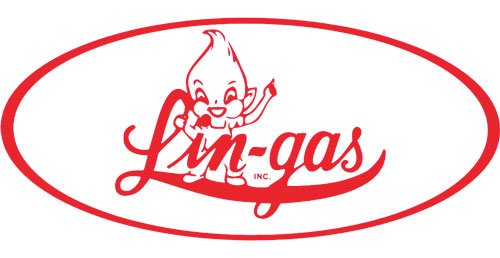Why More School Districts Should Consider Switching to Propane for Their Buses
Although the natural gas industry has seen a variety of trends in the six decades since Lin-Gas Propane Service was first founded, use of propane fuel is on the rise, a direction school districts would be wise to note.
According to a recent piece from the appropriately named website School Transportation News, more districts should consider the benefits of using propane fuel in their buses and make the switch from traditional diesel, as many already have. For starters, propane fuel prices have fallen significantly since 2010 in relation to other transportation fuels. The average price difference between major market marker prices for gasoline and propane has increased by more than $0.76 per gallon, from $0.37 per gallon in 2010 to $1.12 per gallon in 2012.
In addition to being a more cost efficient fuel at the pump, propane fueled buses require less oil, less maintenance, and typically less downtime when being repaired than their diesel counterparts.
“One of the reasons why we purchased the propane buses was to obviously cut costs,” said Pat Mitchell, director of transportation for Mobile County Public School System and one of the some 60 million propane users in the United States. “When we are able to save any kind of money, the budget department puts that money back in the classrooms to help out students.”
On a practical level, propane makes a lot of sense for school buses as well. Buses that run off propane are substantially quieter than diesel ones. This makes for a more enjoyable and safer ride for students. Students don’t have to raise their voices to talk over the loud diesel engine, which in turn helps bus drivers be able to hear what’s going on around them outside.
Over 8 million households currently use propane in some capacity and due to its lower cost and greater efficiency more and more school districts should consider it too.






